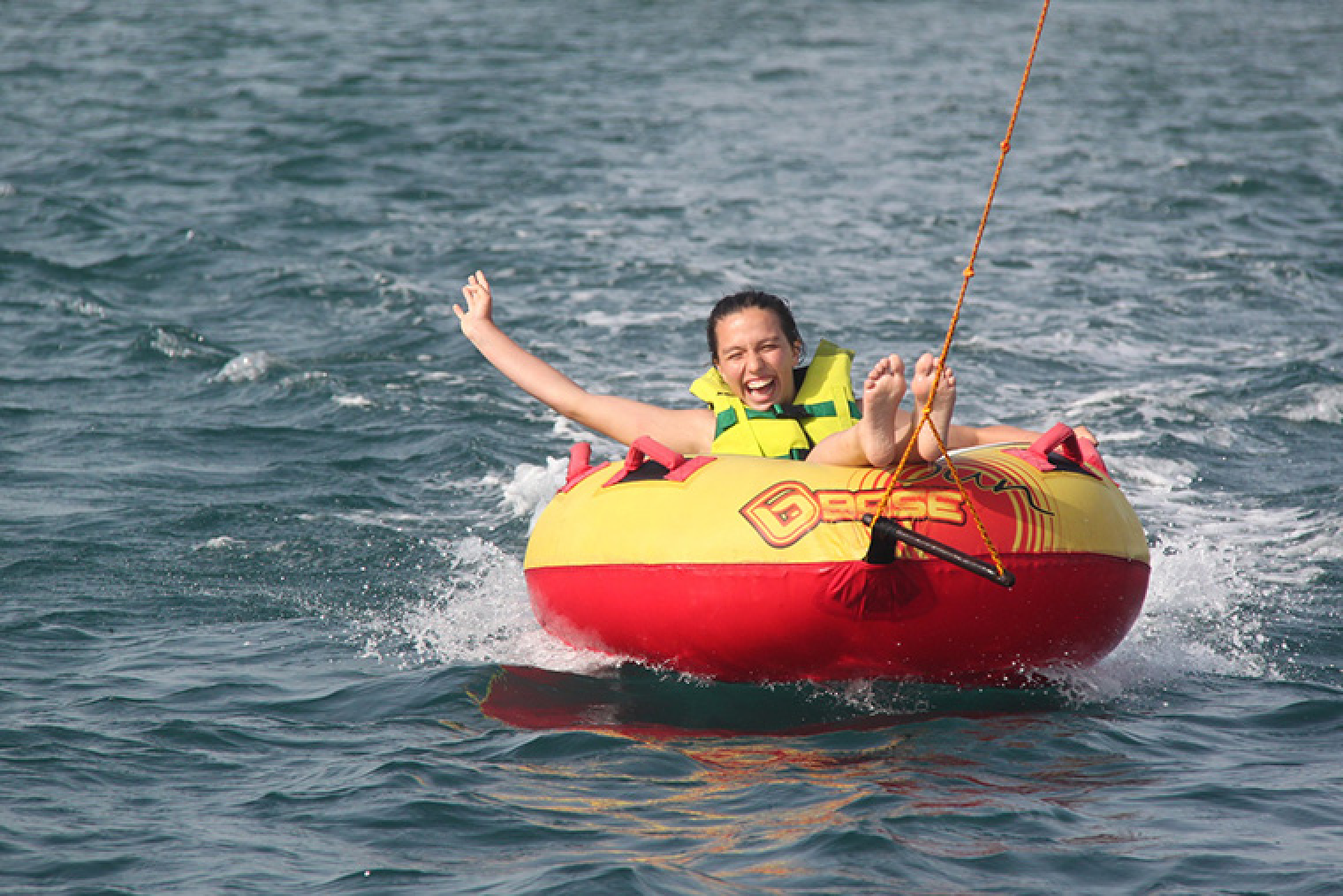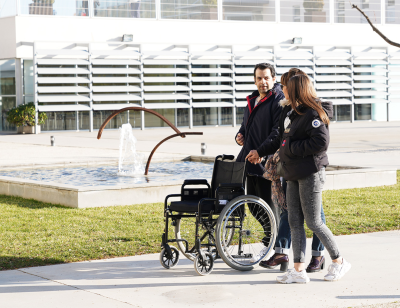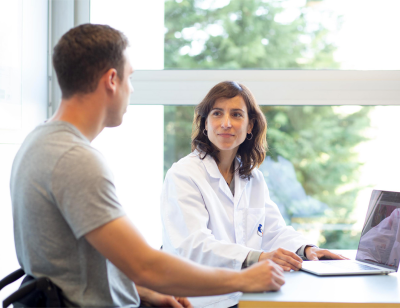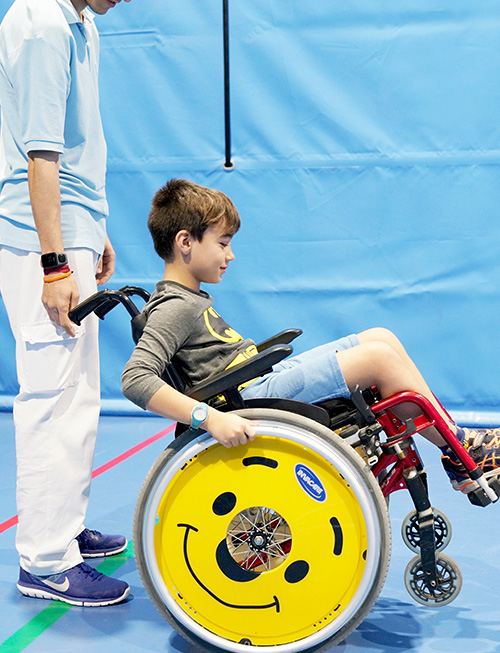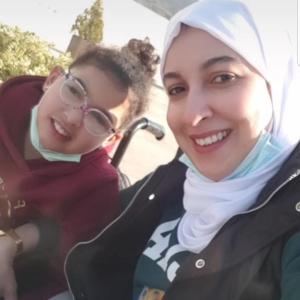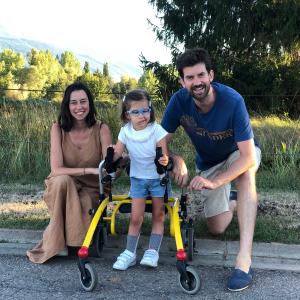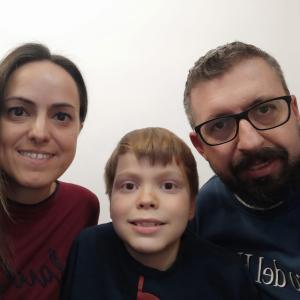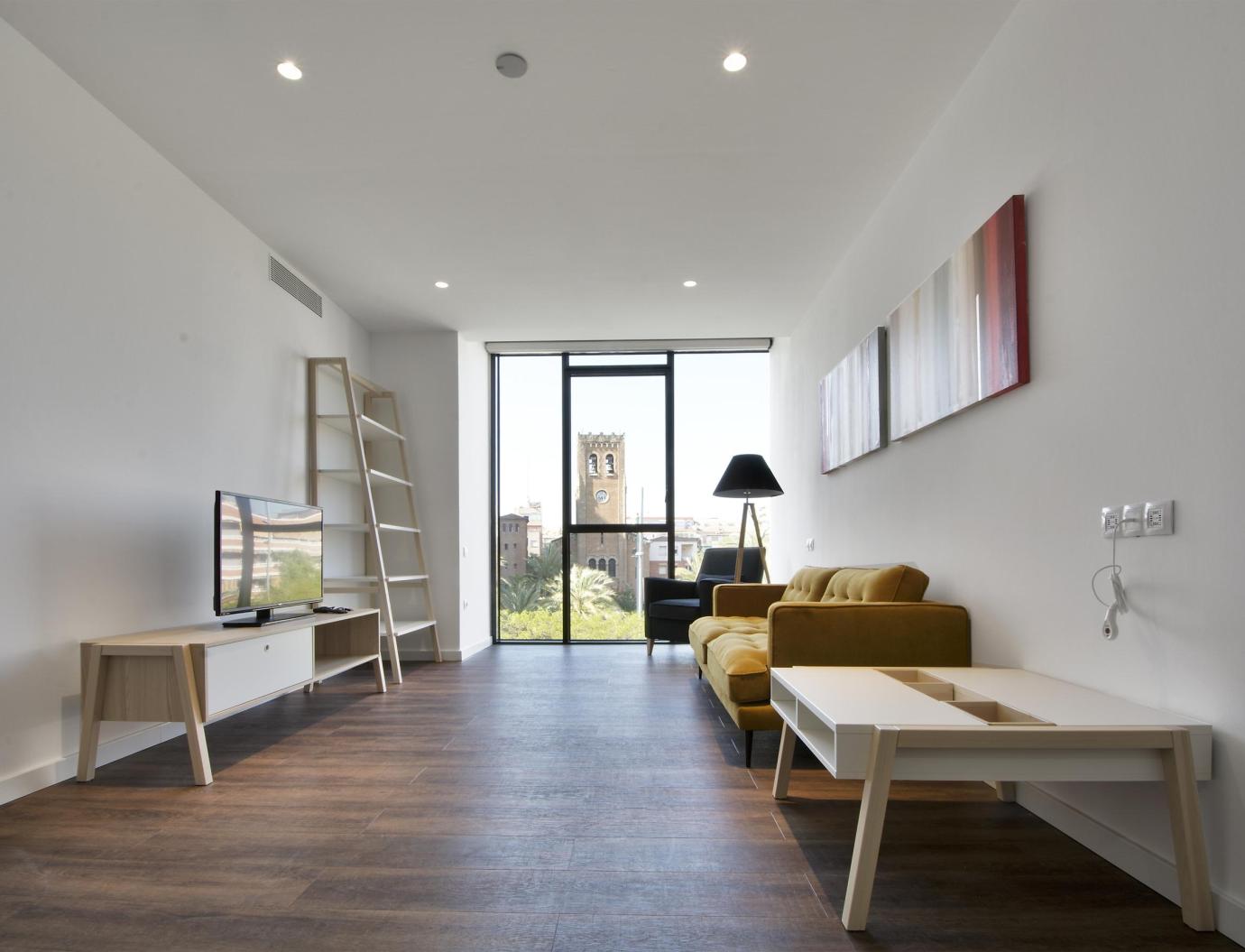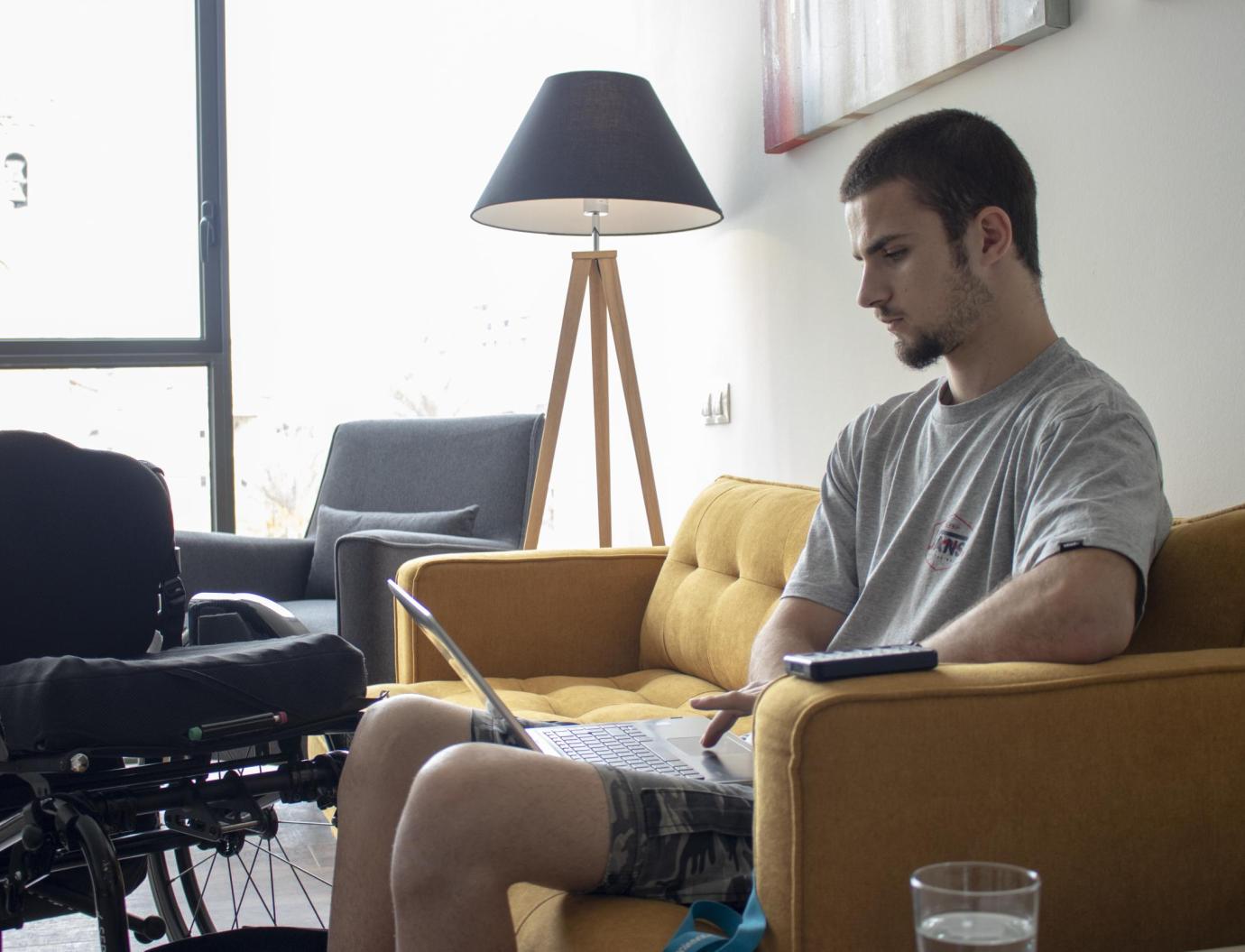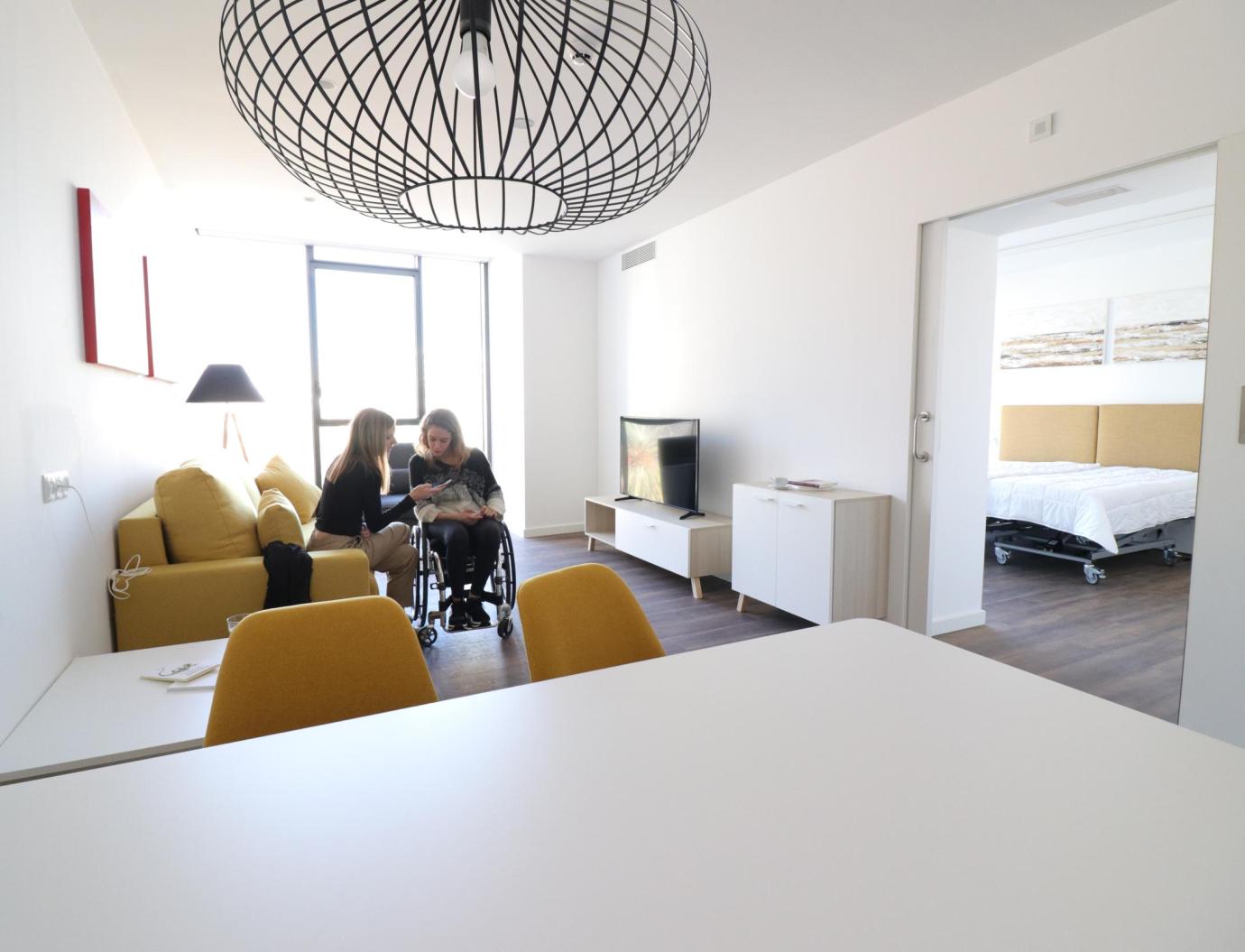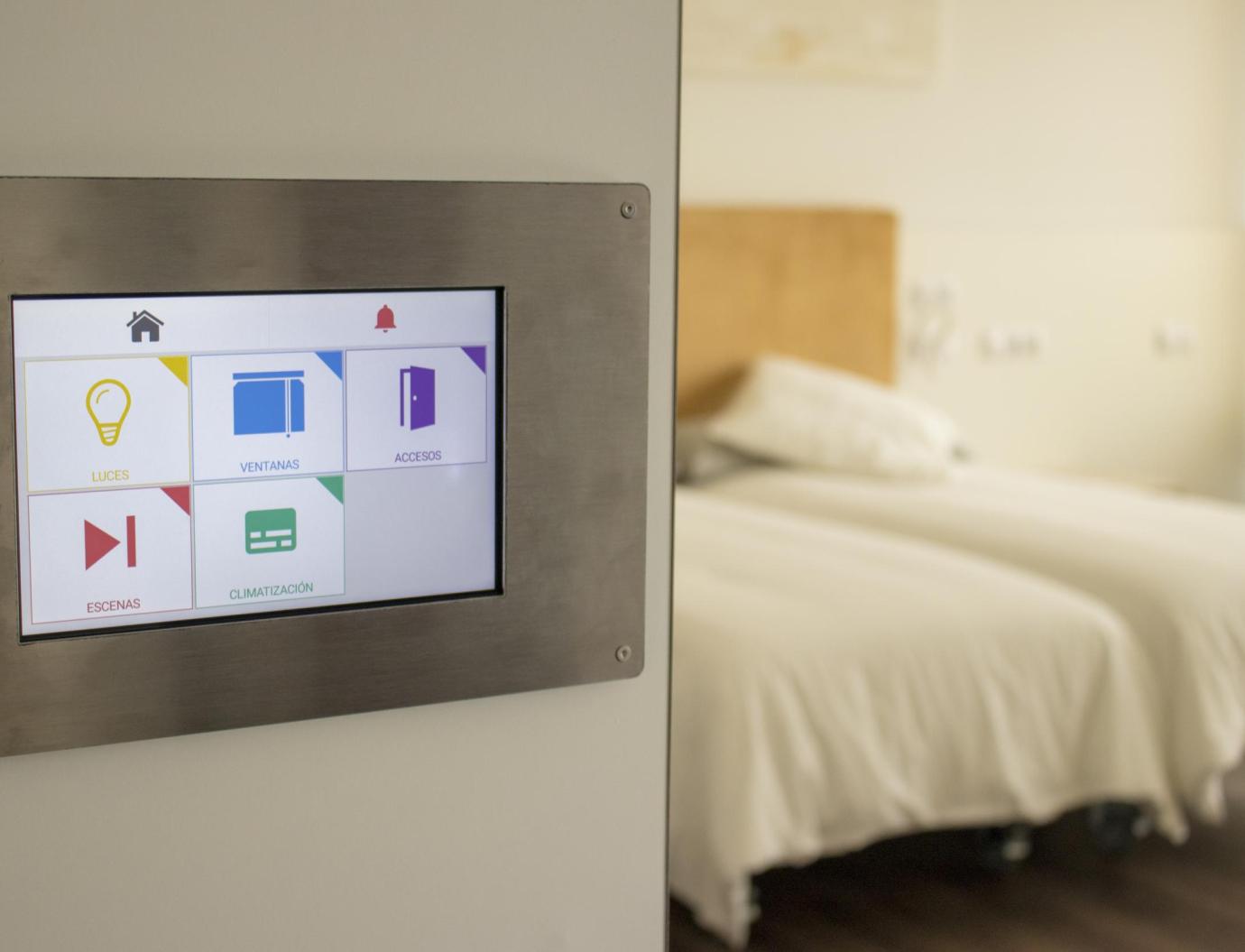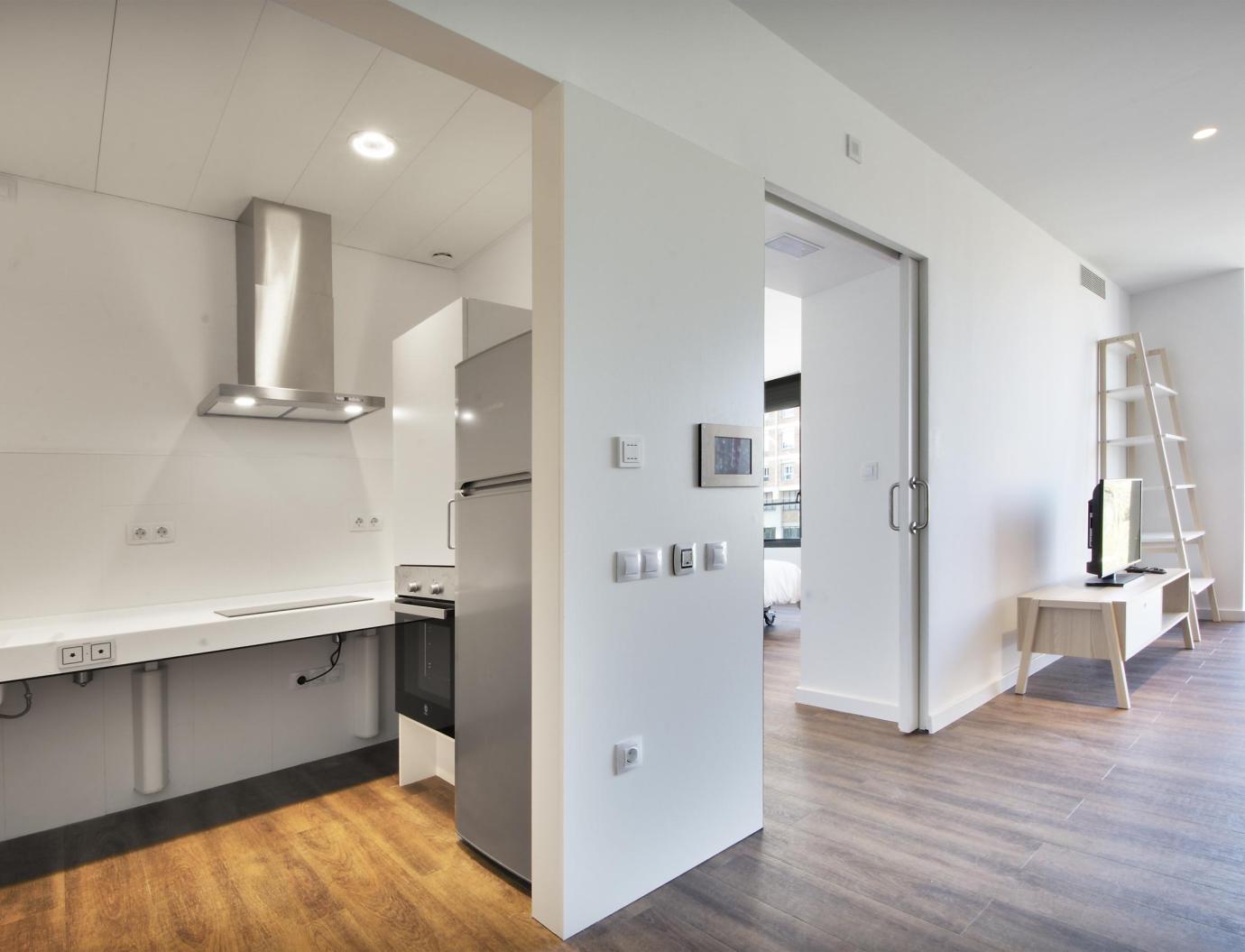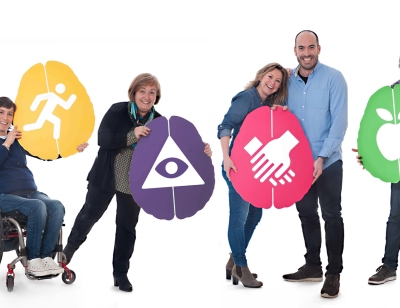Meet the Neurorehabilitation Team
Spinal cord injury in children
After a spinal cord injury in children: sequelae
We can classify spinal cord injuries as complete or partial depending on the degree of injury. The consequences of a spinal cord injury will vary severity depending on the level at which it occurs.
An injury to the cervical area of the spine can cause TETRAPLEGIA, which is the loss or decrease in sensation and/or voluntary mobility of the upper and lower extremities and of the entire trunk.
An injury to the thoracic and lumbar areas of the spine can cause PARAPLEGIA, which is manifested by a lack of sensation and/or total or partial paralysis of the lower extremities, and of part of the sublesional trunk.
An injury to the medullary cone and cauda equina causes impaired sensation and reduced voluntary mobility, although the ability to walk is usually preserved.
Spinal cord injury in children also leads to other consequences, which appear from the beginning of the injury or throughout the growth of the child, always depending on the degree and level of injury, such as:
- Lack of sphincter control.
- Neuropathic pain.
- Spasticity.
- Skin problems, such as pressure ulcers.
- Impaired respiratory function.
- Disorders of body temperature regulation.
- Sexual dysfunction.
Growing up with a spinal cord injury
Children with a spinal cord injury can develop deviations of the joints, mainly scoliosis in the spine, as well as problems in the hips or knees. Bone mass is reduced over time, leading to an increased risk of suffering fractures.
A spinal cord injury in childhood affects the child’s whole body, can affect their growth rate, and each case develops in a different way. A child with a spinal cord injury will require different types of treatment and care.
Neurorehabilitation is essential for these children in order to prevent complications, improve their functionality and become more autonomous so they can live the best life possible.
The consequences of a spinal cord injury are currently irreversible as the spinal cord does not regenerate, and its complexity and structure mean it is impossible to repair surgically using techniques that are currently available. However, research is being done worldwide with the aim of finding a cure in the future, and new surgical and technological procedures are emerging that contribute to improving the prognosis and quality of life of people affected by spinal cord injury.
Neurorehabilitation of spinal cord injury in children at the Institut Guttmann
At the Institut Guttmann we carry out a highly specialised neurorehabilitation process aimed at restoring, minimising and/or compensating functional alterations caused by a spinal cord injury. We provide patients with comprehensive, continuous, personalised care based on the intervention of an expert multidisciplinary team.
The lives of people affected by spinal cord injury can be considerably improved by scientific rigor and human warmth, taking advantage of the possibilities offered by the most modern technologies and applying specific clinical procedures that can provide significant qualitative improvements. The main goals during the rehabilitation process are achieving the highest possible level of autonomy, recovery of self-esteem, and satisfactory active and mainstream social inclusion.
The Child and Youth Rehabilitation Unit of the Institut Guttmann cares for boys and girls between the ages of 0 and 16 with physical, cognitive and behavioural functional sequelae derived from neurological diseases or injuries. We also offer regular clinical follow-up during childhood and adolescence, both to control the evolution of the disability and to prevent possible complications derived from neurological injury.
In later phases of spinal cord injury in children
In later phases it is possible to follow personalised training programmes to optimise functional capacity or address specific problems resulting from neurological impairment. At Guttmann Barcelona children with a spinal injury can follow a totally personalised training and functionality improvement programme.
Guttmann Barcelona
The Guttmann Barcelona, Brain Health and Neurorehabilitation Institute offers personalised training and functional improvement programmes, as well as specialised intensive programmes.
A space that is adapted and designed for you
GBL apartments
Guttmann Barcelona Life is a social facility consisting of a group of fully adapted and automated apartments that offer a wide range of complementary services tailored to each user.
The apartments share a building with the Guttmann Barcelona Brain Health and Neurorehabilitation Institute, so it is possible to combine a stay with a specialised neurorehabilitation treatment.
Sports camps
The Institut Guttmann regularly organises sports camps for young people between the ages of 10 and 18. At these camps, young people enjoy sporting and cultural activities and work on therapeutic aspects related to carrying out activities of daily living, planning tasks, wheelchair handling, accessibility, training in the community, etc.
Sports&Life Guttmann Club
The Sports&Life activities programme includes activities aimed at young children. Sports&Life makes it possible to do sport and get involved in other social and cultural activities in a different environment to usual and in an inclusive way, contributing to the mood and health of participants. The activities, organised in partnership with other specialised organisations, are coordinated and supervised by the Institut Guttmann and are always accompanied and supervised by hospital staff.
